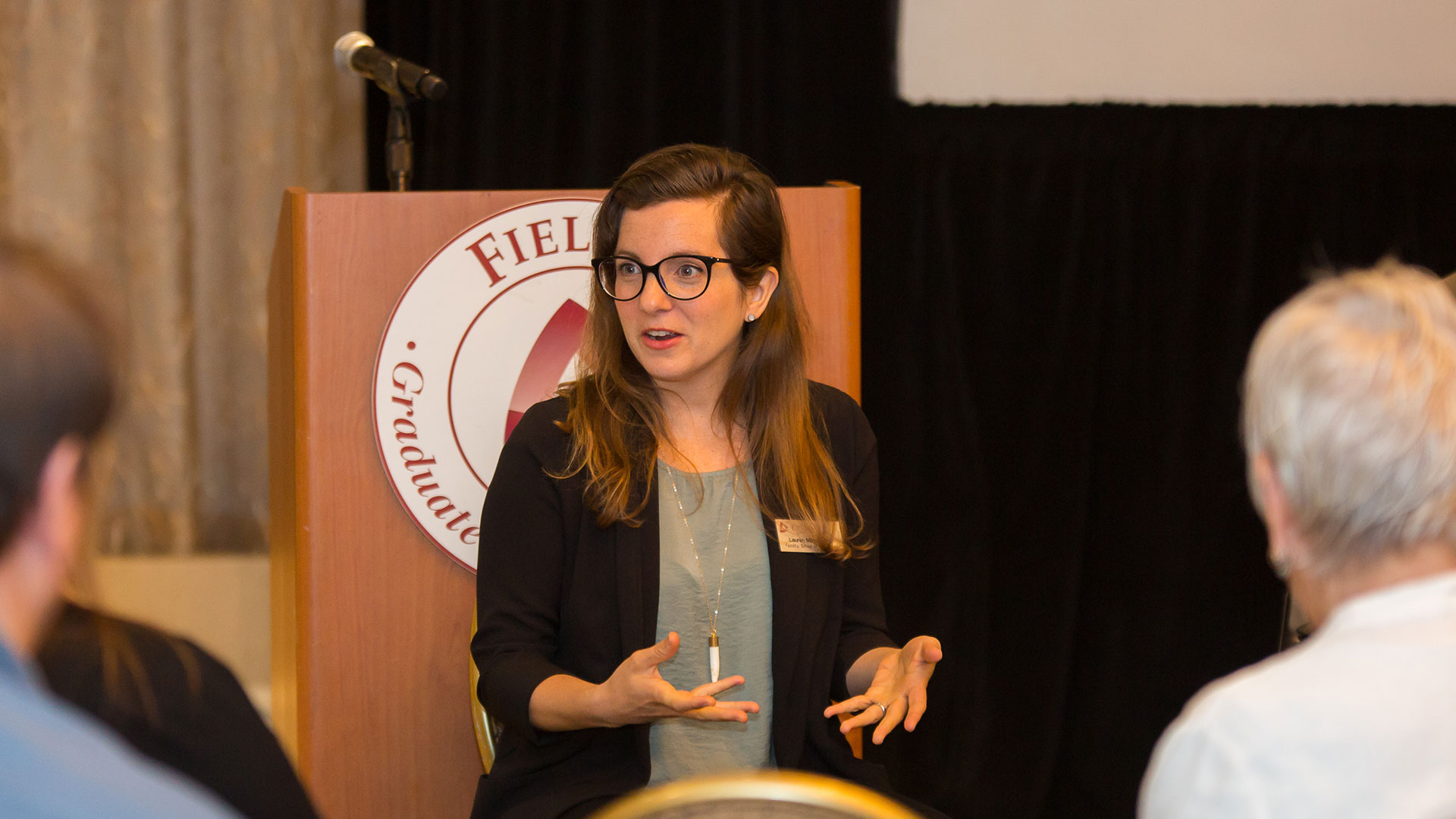Q&A: Critical thinking skills and open communication can keep kids safe online.
KEY POINTS
- Kids are drawn to apps where they can connect easily with friends without being spied on by parents.
- Social media apps are designed to be psychologically engaging. It’s what makes them fun and hard to put down.
- Social media use can be positive and negative. How you use it matters.
- Critical thinking skills and open communication at home can keep kids safe while having fun online.
The questions I hear from parents show deep concerns about kids and social media use — especially post-pandemic. Snapchat is at the top of the list. This video and photo-sharing app raises anxiety because it is one of the most popular apps for tweens and teens.
It has a lot of fun features, silly and glam filters, annotations, emojis, augmented reality lenses, and locating mapping. But, unlike most other social media platforms, however, content on Snapchat expires or disappears. This makes parents nervous.
It also allows the tween or teen to feel more casual, intimate, and less cautious by creating a false sense of security. Between screenshots and software hacks, nothing really disappears. Snapchat was designed to be fun.
However, it can also generate pressures to maintain a snap streak (highly valued continual exchange of snaps among friends within 24 hours), improve the snap score or look good.
Unlike Instagram or TikTok, parents can’t easily see what’s going on with Snapchat. This makes it especially important to prepare your child with media literacy skills.

Source: Urupong/Getty Images Pro
What makes Snapchat so popular with kids?
Snap is popular with kids because their friends are on it and their parents aren’t. The primary developmental task of tweens, teens, and young adults is to figure out who they are in relation to their social world.
They are emancipating from their nuclear family and are focused on defining themselves relative to peers.
The way Snaps are shared feels more relational and less like “posting,” and Snapchat has a myriad of tools that encourage personalization, personality, and creativity, increasing engagement by making it fun for the sender and the receiver.
The disappearing option gives the illusion of privacy and secrecy. Teens need privacy; however, privacy and trust go hand in hand, which has implications for the critical roles of parental guidance and media literacy skills.
Is social media really designed to keep you online?
Social media use is psychologically rewarding. All social media apps are engaging because they all have elements that appeal to the human brain and trigger our neurological reward centers. They make us feel good, which is part of what makes them fun.
There are no “free” social media platforms. When we use Snap, Facebook, Instagram, or TikTok, we pay with data. The data includes what we like, what we buy, who we know, and other behavior patterns that are tracked online.
It benefits all “free” apps to keep their users online to increase the monetary value of their behaviors. Social media have some very fundamental qualities that make them appealing. App designers leverage these tendencies, such as:
Social media apps are full of movement. Videos, scrolling, and rotating streams are all forms of movement. Our brains are hardwired to pay attention to movement and change to ensure our environment is safe. The continually changing content grabs and holds our attention.
Social media is, first and foremost, a social experience. Social connection has always been essential to our physical and mental health. This includes our desires to feel included, the pleasure in the validation of others, and monitoring the social environment to see what’s valued and where we fit in.
Social media content provides entertainment and sometimes, we use it for distraction or escape. This can be a positive coping mechanism or an effective means of procrastination and avoidance.
Social media apps are interactive. We have control over what we see, when, and how. Feeling in control increases our sense of agency and competence.
Does social media use cause stress, anxiety, and depression among young people?
Mental health and teens is an important and serious issues. It’s important to remember that concern over teen mental health did not begin with the emergence of social media. Social pressures, performance pressures, social comparison, and bullying were not invented on social media. Like other behaviors, they just extend to the online environment.
Mental distress among teens predates social media. Facebook was founded in 2004 but was not widely available until 2006. However, a 2005 research report notes that “Adolescent suicide is a worldwide problem, particularly in highly industrialized nations.
According to the National Mental Health Association, between 1960 and 1997, the suicide rate in the United States has tripled, making it the third leading cause of death among adolescents and the second leading cause of death among the college-age population.
Research has repeatedly shown that depression and anxiety are related to social media use among teens. However, this is not a causal statement, and the impact is much more nuanced. It’s not accurate to say that social media in and of itself causes mental distress. Individual differences in personality, context, and use patterns play important roles in whether the effects of social media use are positive or negative.
Depression and anxiety also can have many causes, from biological predisposition to psychological vulnerabilities, such as low self-esteem. These vulnerabilities can increase the likelihood of negative social comparison, fears of exclusion, and inadequacy. For some, social media can encourage negative behavior patterns, like sleep disruption, that increase the likelihood of depression and anxiety.
Social media can also provide positive benefits, such as a sense of connection with others, which was critical to teens and tweens during the pandemic. Positive emotions can build resilience, but one of the most powerful protective factors against depression, anxiety, and other problematic behaviors caused by life’s stressors, are social interactions and social support. For kids, this means good relationships with peers and at home, especially with parents.
How does social media encourage FOMO?
Humans are social animals. Everyone experiences fear of missing out (FOMO). It is a normal reaction — we all want to be loved and included. Not everyone, however, is so focused on social acceptance that it causes problems.
Teens are particularly vulnerable given their developmental focus on their social worlds.
Social media is focused on social behaviors—connecting, validating and sharing. When anyone, kids and adults alike, focuses on the approval of others to the exclusion of intrinsic goals, it can have negative effects on mood and self-esteem.
What are signs that FOMO is causing problems?
Most of the ‘symptoms’ of FOMO range from normal to problematic. Watch for behaviors that escalate to the point where they cause problems with relationships and obligations, like homework.
- Excessive concern about others’ opinions.
- Feeling bad when they miss out on something.
- Continual monitoring of social media to see ‘what’s going on’ rather than connecting with friends.
- Being too compliant with friends’ requests (needing approval).
The best way to protect your child is to have open lines of communication. This helps you notice changes before they become problems and provide supportive guidance.
Remember that low self-esteem makes kids more vulnerable to FOMO, so be compassionate and focus on problem-solving. Do not tell your teen, “you shouldn’t worry about what others are doing or what others think.” That invalidates their feelings, destroys trust, and closes doors to communication.
Can kids have fun safely online?
Social media is fun, but it is also a tool – a very powerful one. But a tool nonetheless. The driver is in control, but it requires training to use it well, just like a car requires driver education and learning the rules of the road. Media literacy is a wise investment because it teaches valuable life skills like conflict resolution, self-regulation, and critical thinking.
Privacy settings are different on each app. You will benefit from sitting down with your tween or teen and going through the privacy settings on Snapchat, so you both understand them. Most experts, me included, recommend turning off Snapchat’s location mapping feature for obvious reasons.
As always, balance is key. The same things that make online experiences fun also make offline life fulfilling, such as connecting with friends, strengthening relationships, being creative, and having fun.
Media literacy helps kids think about the unconscious triggers that can undermine their self-confidence, such as social comparison, and help them invest less of their value in the external validation (likes) built into most apps.
Privacy settings are a good way to introduce ‘digital stranger danger.’ While predators are not lurking around every corner, it’s not uncommon for kids to be approached. Kids will be safer if they friend their actual friends.
How can you talk to kids about the dark side, like drugs, sex, and predators?
Don’t pretend they don’t exist, but don’t oversell. You want them forewarned so they can be forearmed. Kids need strategies to know how to respond safely —who they can talk with openly when they run into trouble. The same factors that make a child vulnerable to depression and anxiety make them vulnerable to predators and substance abuse.
A lonely teen is much more susceptible to flattery from a stranger or the appeal of being ‘part of the crowd.’
Make sure all kids know how in-app blocking and reporting strategies work.
Create a trusting relationship, so they will come to you when something comes up. Research shows that parents vastly overestimate what their kids will confide in them when kids run into trouble online. One of the big reasons kids won’t reach out is that they fear parents will react by taking away their phones rather than addressing the problem.
Dr. Rutledge’s post also appears on PsychologyToday.com.
Join Over 7,500 Fielding Alumni Located Around The World!
Change the world. Start with yours.™






Get Social